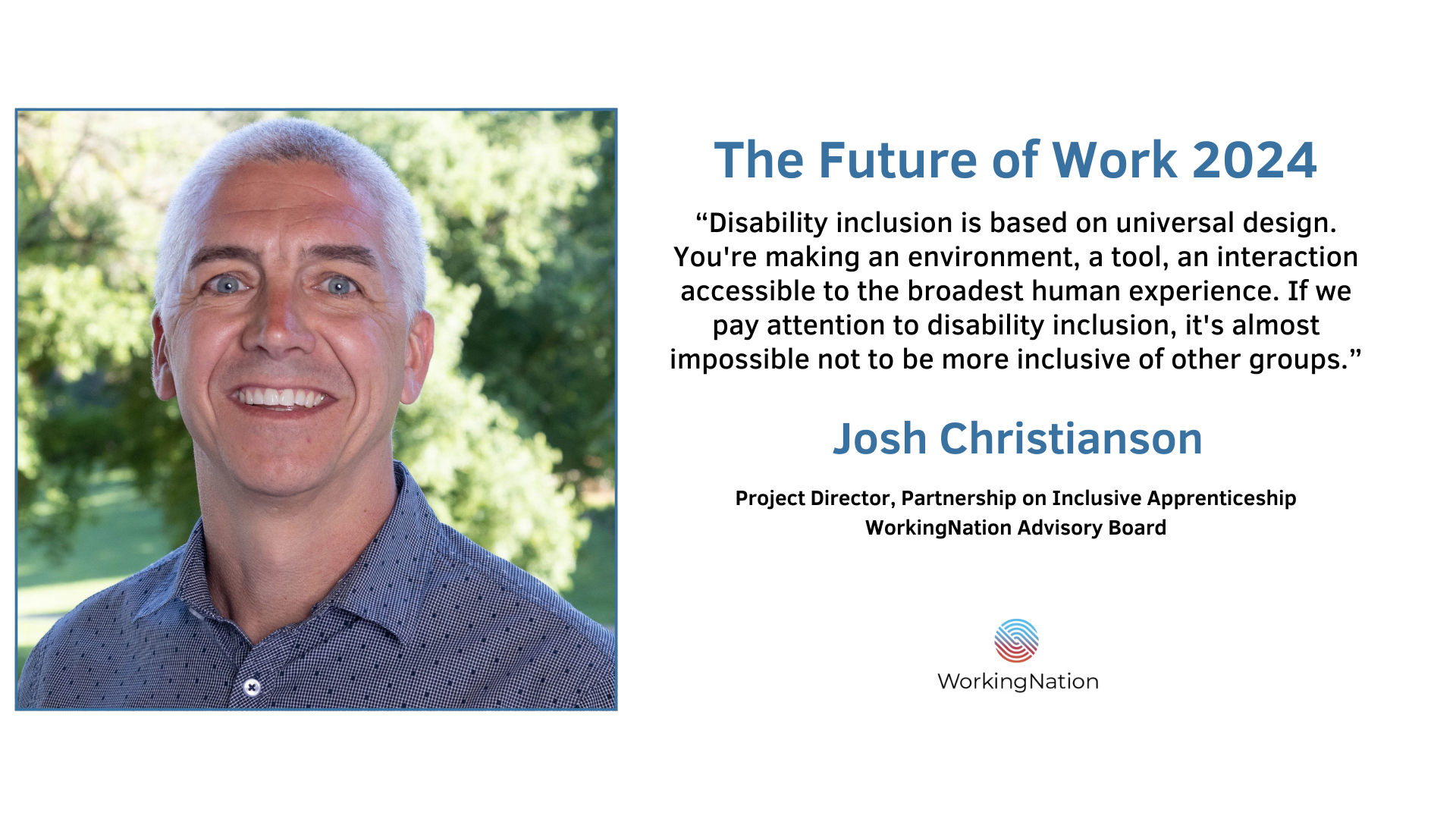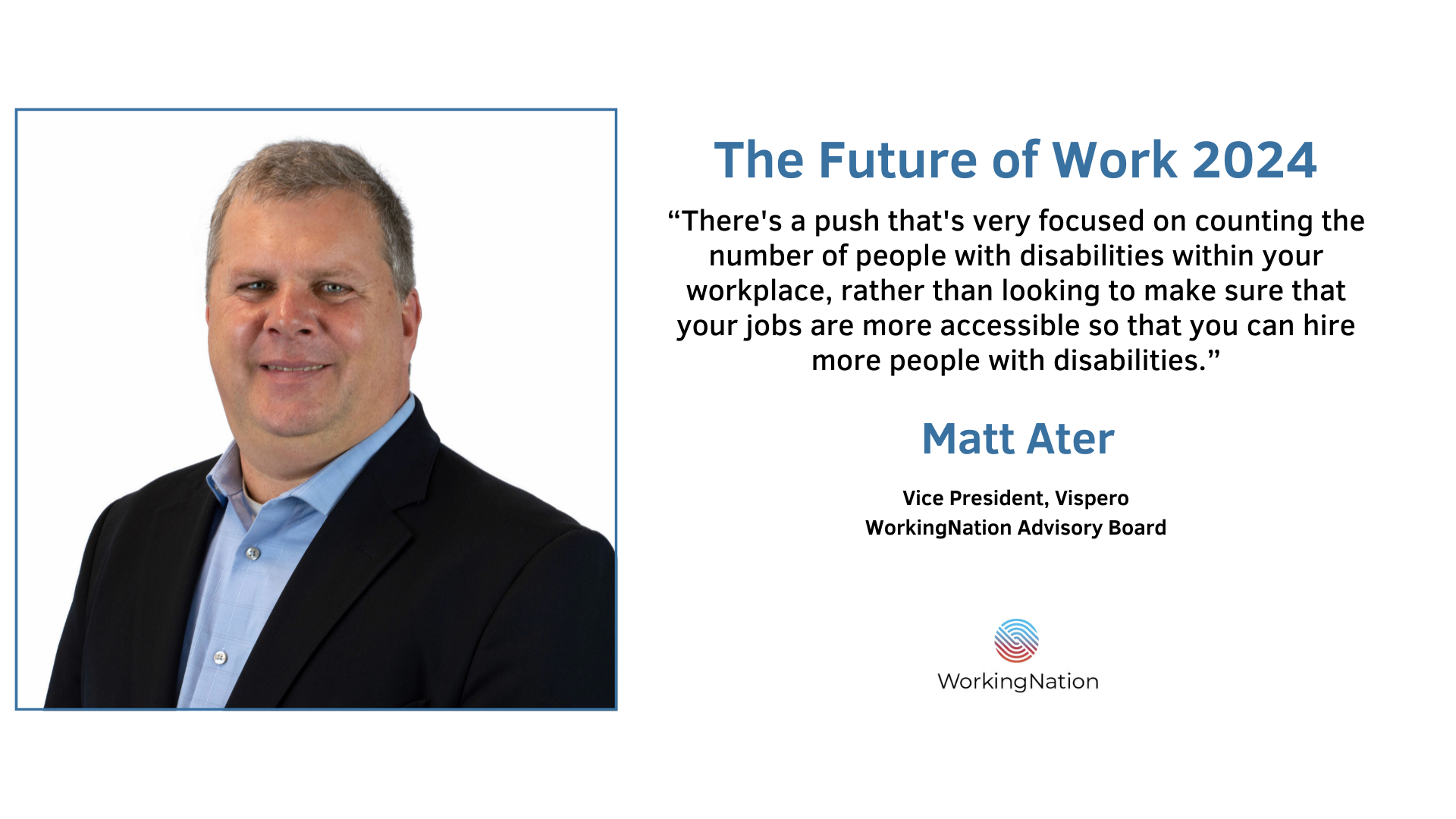As the country looks for answers to an economic recovery, making workers ready for jobs in infrastructure could be part of the solution. With a pending need for millions of workers, the efforts to attract a younger, more diverse workforce need to be stepped up as part of a multiyear federal program, according to a new Brookings report Infrastructure Stimulus Plan for the COVID-19 Recession.
“It is the underlying structural factors—how we design our communities, the technologies we deploy, and the projects we fund—that continue to shape our long-term economic trajectory. Infrastructure can act as an economic barrier for many people and places, but it can also function as an economic foundation,” argues the report.
That foundation could mean new jobs across the country. “As Congress looks to support small businesses and other affected industries during the COVID-19 recession, there is an opportunity to hire, train, and retain talent in the skilled trades,” according to Brookings.
Laying Out the Proposal
WorkingNation listened in as Joseph Kane, senior research associate with Brookings’ Metropolitan Policy Program and report co-author, moderated a panel discussion InfraCorps: Building the Future Infrastructure Workforce.
Sen. Tim Kaine (VA) kicked off the discussion, saying regardless of the outcome of the upcoming presidential election he expects Congress will act on an infrastructure bill because “the needs are so obvious.”
There has been under-investing in career and technical education institutions, according to Kaine. He says the under-investing is not just financial, adding “also sort of under-investing culturally in raising the profile of career and technical opportunities, and letting everybody know—from guidance counselors, to parents, to students—that these are fantastic jobs and you should be proud to do them. And we should, as a society, value training in these fields every bit as much as we value a college degree.”
Federal Pell Grants can currently be applied to programs that are 14 weeks long, which Kaine points out is the length of a typical college semester. But he notes many CTE courses run shorter sessions. Kaine says CTE classes can run eight hours a day, five days a week, perhaps over eight weeks meaning “they’re actually more intense in terms of the classroom time.”
“But we don’t let you get a Pell Grant for this kind of a program. Why not? Because it’s not college. We assign it in our minds and in our policy somewhat of a second-class status,” says Kaine.
Nicole Smith is a research professor and chief economist at the Georgetown University Center on Education and the Workforce. “The next level of discussion is how many jobs and for whom? A lot of research that we’ve done estimates anywhere between 11 and 15 million jobs over a 10-year period,” says Smith.
How Do We Pay for the Pipeline of Talent?
Smith reiterates Kaine’s reimagining of Pell Grant eligibility, but adds the issues of diversity and inclusion must also be considered. “There’s a concern about, not only a gender problem, but a race and ethnicity problem. We really need to focus on exactly how we counsel our students regarding their long-term career development pathway, and to ensure that we don’t just reinforce standard problematic distributions here for women and minorities by just launching and allocating jobs and opportunities to the traditional group.”
Jane Oates, WorkingNation president, adds to the discussion of inclusion of women and people of color. “We have to make sure they’re welcome. No one likes being the ‘only’ on a job site. We need to make sure that when women and people of color come in, they’re put in a cohort where they change the climate of the employer to be much more welcoming to the diversity, quite frankly, that they’re going to need to get the workforce talent to create those jobs.”
Inclusion also extends to small business, according to Oates. “[We have to] do more on who’s getting the subcontracts. Not just worrying about entry-level workers, but worrying about building small business in the women-owned, minority-owned, veteran-owned business community. It’s a great opportunity to build wealth in communities of color, where we bring them business that will survive long after the initial investment of this industry.”
As chief operating officer of The Corps Network, Marie Walker points to the Civilian Conservation Corps (CCC) under President Franklin D. Roosevelt as a model. “I think the bottom line is that it would call us back to what the CCC boys did back in the ’30s. There are a lot of young people who are eager to do the work and there are many existing core programs that already work with partnerships, both on the federal, state, and local levels. But there needs to be funding, not just to complete the projects, but to provide comprehensive training to those young people and wraparound services that can support them to be successful.”
Creating a Diverse Infrastructure Workforce
“There has to be an investment in the people. I’ve come up with the term or slogan— the PPP. We need the people, the programming, and the projects. We have to be able to take young people, or even the older worker, and invest in them, start where they are. We have to make sure that the playing field is level,” says Walker.
Rep. Steven Horsford (NV) wrapped the conversation by referencing the 21st Century Infrastructure Principles released earlier this year by the Congressional Black Caucus. “We must redefine what infrastructure is. Traditionally, the term infrastructure has been largely understood to include our transportation systems, telecommunications, and public buildings, but we must also include human capital in our definition of infrastructure, because for far too long, we have talked about how to build infrastructure without investing in the skills and education of the very people we trust to build our roads and the schools.”
“We cannot build the future infrastructure workforce if we are not purposeful about extending such opportunities to those that have traditionally been left out,” concludes Horsford.











